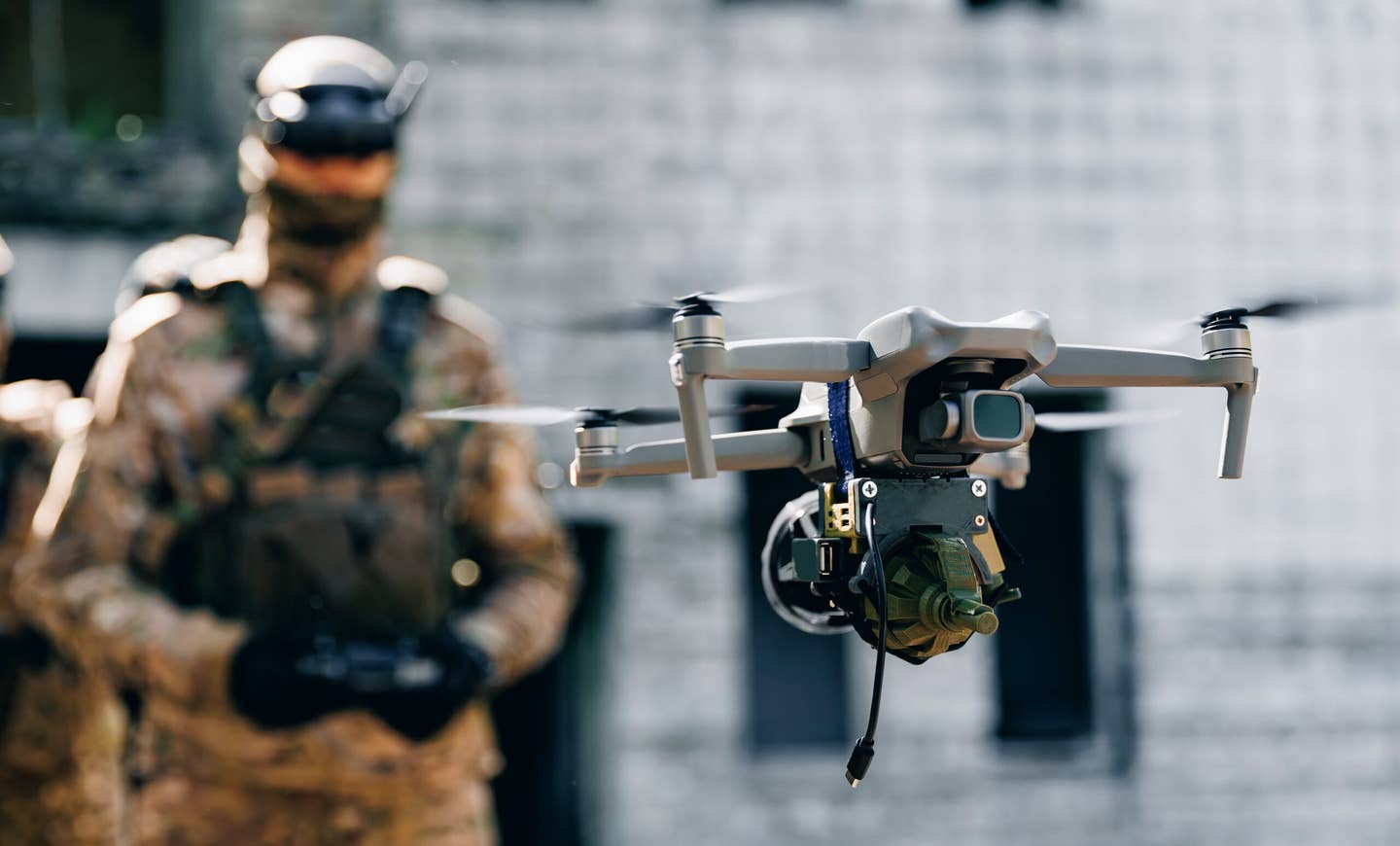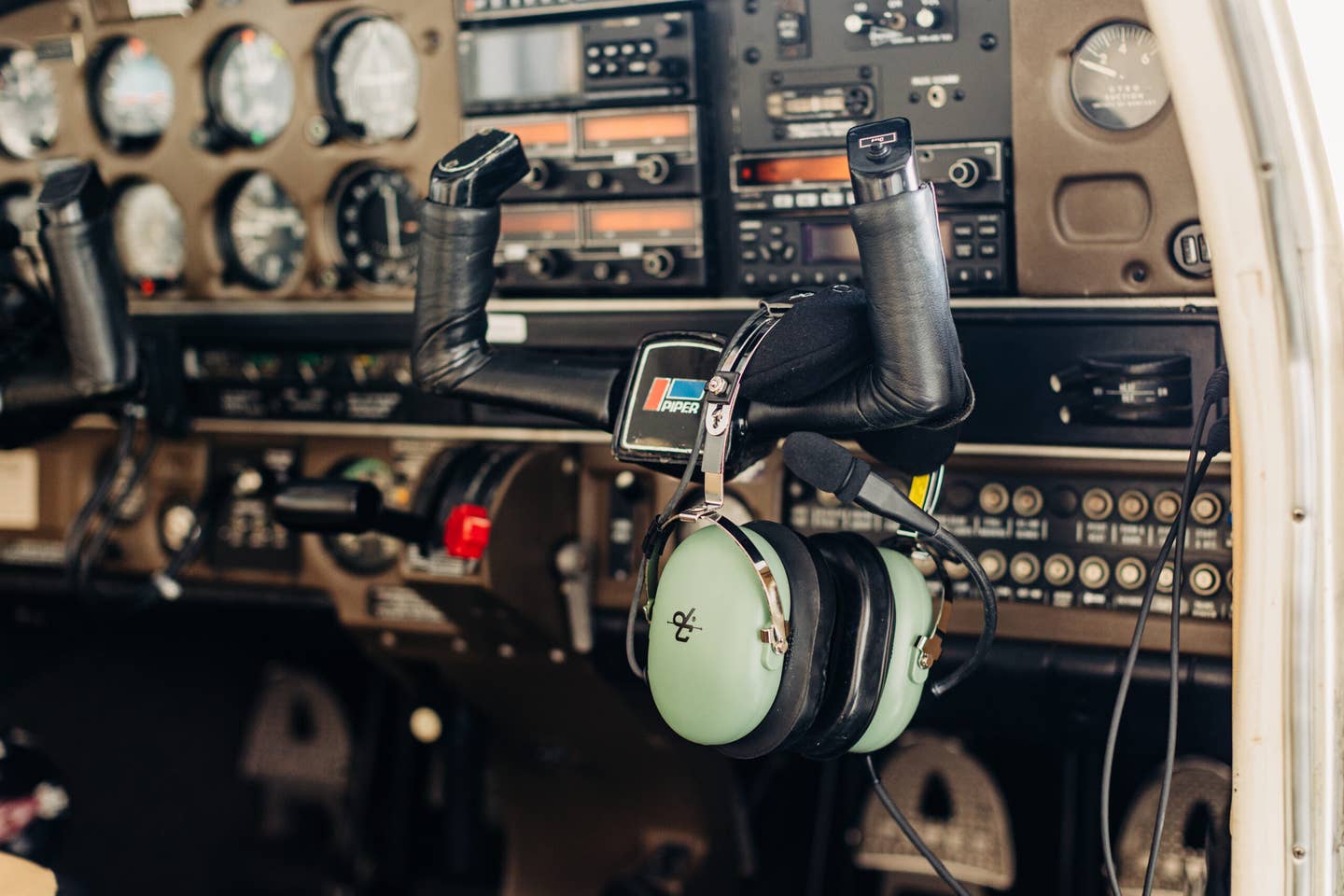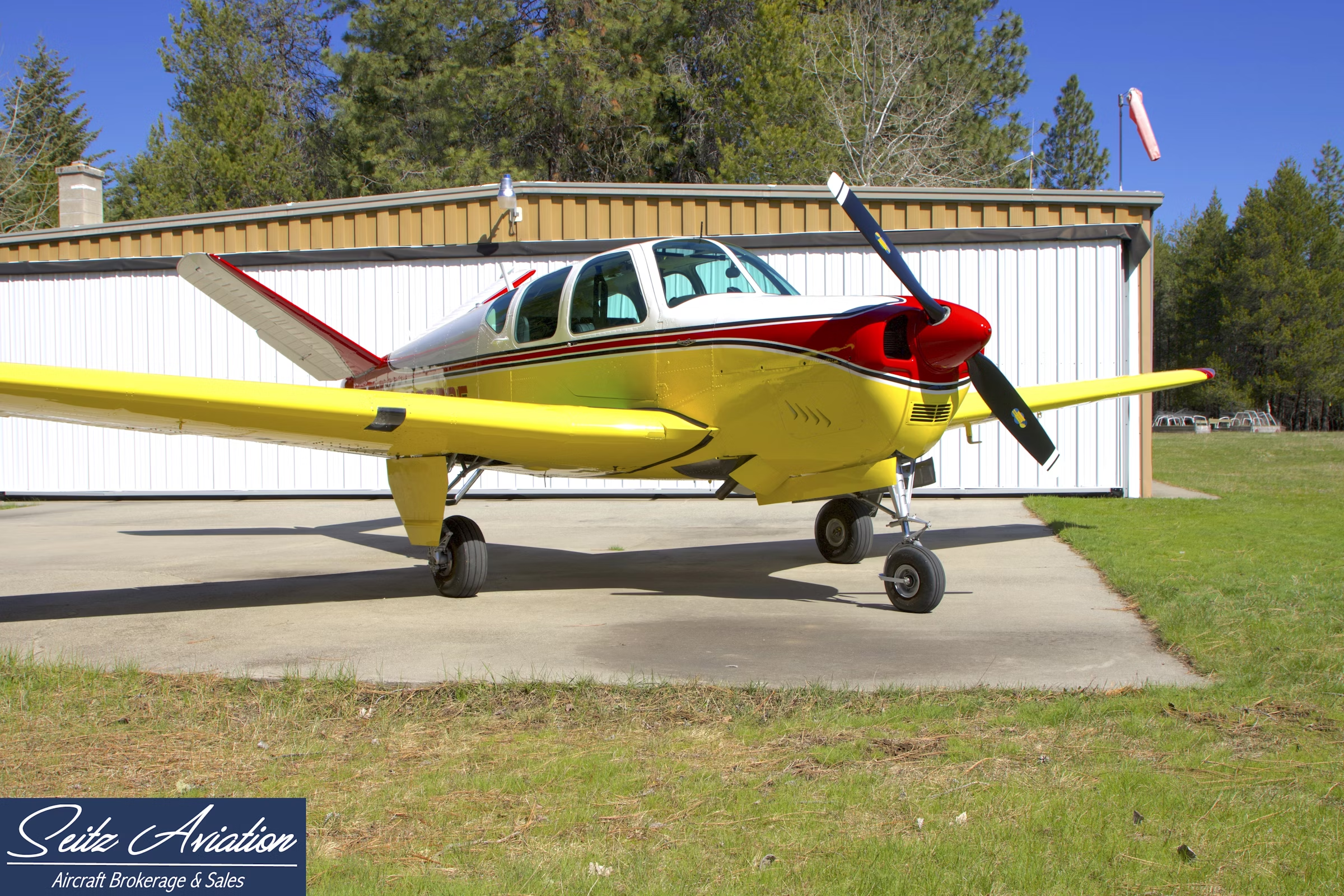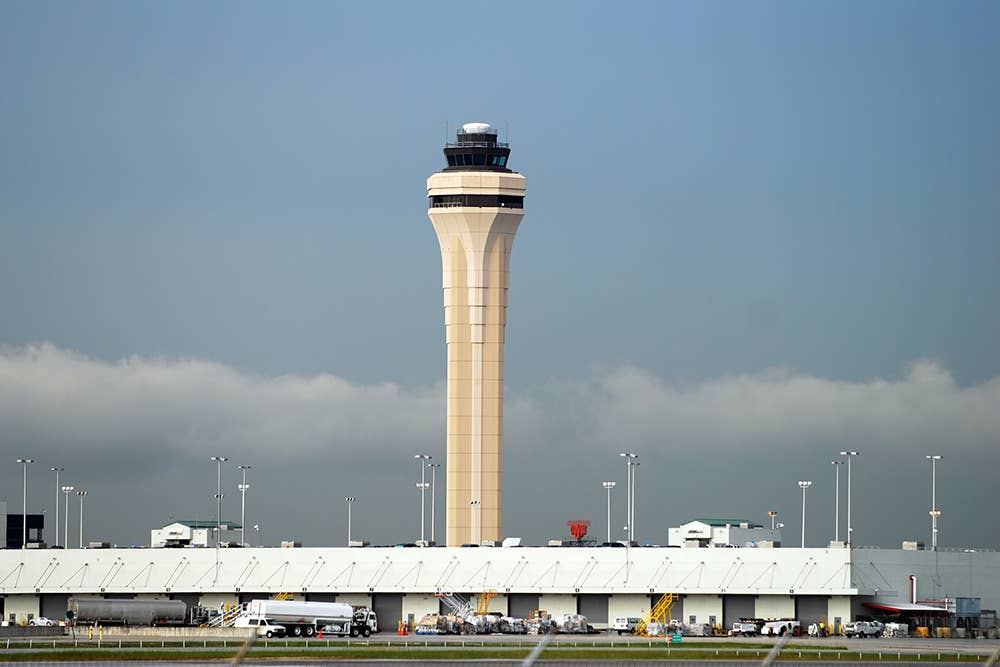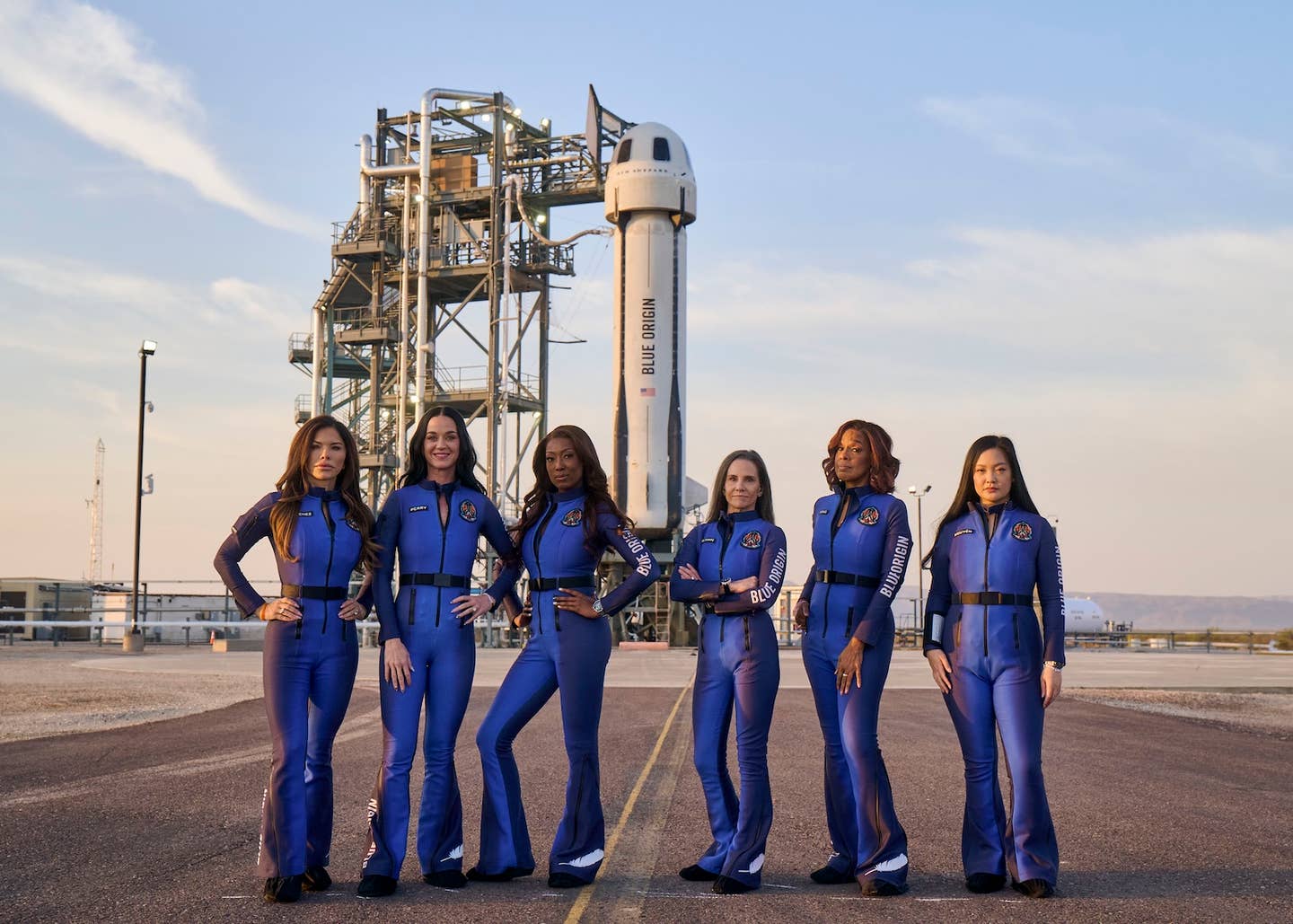Navy Reserve’s Upgraded KC-130T Hercules Cleared to Refuel More Aircraft
Move comes after testing of fleet upgrade to eight-blade composite propeller system.
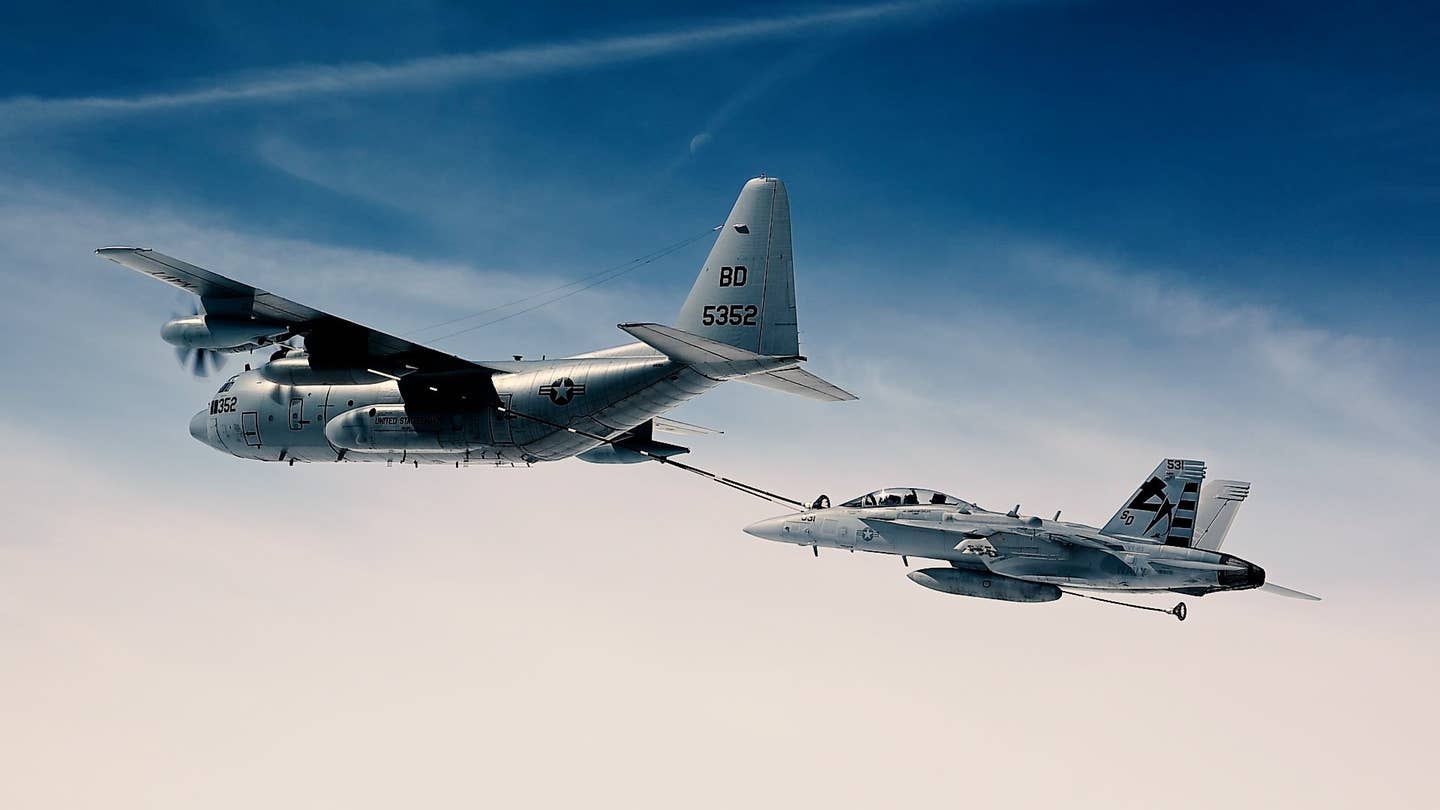
A KC-130T equipped with NP2000 in a air-to-air refueling test flight. [Courtesy: U.S. Navy]
U.S. Navy Reserve KC-130T Hercules tankers upgraded with a new eight-blade composite propeller system have been cleared to refuel a wider range of aircraft across the carrier air wing, Naval Air System Command said Monday.
The move follows testing at the Naval Air Warfare Center Aircraft Division (NAWCAD) in early 2025 that cleared KC-130T for air-to-air refueling of F-35B/C Lightning II, F/A-18 Hornet, EA-18 Growler, CH-53K King Stallion, CH-47 Chinook, H-60s helicopters, and AV-8B Harriers with the NP2000 propeller system, the command said.
During tests, a team of engineers and test pilots focused on how the propeller system and its wake affected the receiver aircraft and refueling hose, military website The Aviationist reported.
According to the Navy, the test effort "significantly increases naval aviation’s operational reach and flexibility," as well as that of the fleet reserve beyond its primary focus on cargo and logistics.
“Prior to this testing we only had a single aircraft cleared for refueling from the upgraded KC-130T,” NAWCAD developmental test wing Commodore Captain Elizabeth Somerville said in a statement. “This advanced capability gives us flexibility in any future conflict.”
- READ MORE: Ukrainian Air Force Reveals Black MiG-29
In addition to an upgrade of an eight-blade propeller and other modernized components, the NP2000 propeller system upgrade features an electronic propeller control system and boasts a 50 percent decrease in maintenance costs per flight hour, according to manufacturer Collins Aerospace. The prop system also reduces airframe vibration and noise by around 20 decibels, and up to 20 percent more thrust, which shortens heavyweight takeoff by around 300 meters, it said.
“If we look forward to any future fight, it’s going to take intense collaboration between all of the forces: Navy, Marine Corps, Air Force, Army, Coast Guard,” Somerville said. “Any resource that provides fuel airborne is going to be invaluable to all assets that are flying.”

Sign-up for newsletters & special offers!
Get the latest FLYING stories & special offers delivered directly to your inbox

